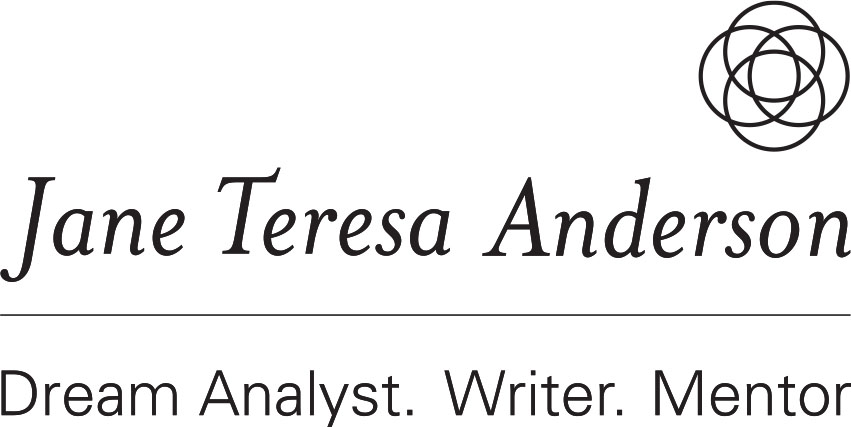As the wonderful mysteries of life and twists of fate would have it, I have lost my voice on the very morning that I had set aside to write this blog.
Yes, you’re correct. I don’t need a speaking voice to write, but the subject I had already chosen was how to give voice to an intriguing dream symbol. If you’ve guessed I’m going to write about doing a dream dialogue, no, I’m not. Today’s fun and deeply insightful exercise is about giving the microphone over to a dream symbol, and asking it to tell the whole dream story from its unique point of view.
So that’s the recipe, in a nutshell, and I’m about to illustrate this with an example and get into the reasons why this kind of exercise can be so helpfully revealing and potentially life transforming, but first, let me tell you a story.
“Tell me another story about when you were little,” implored my granddaughter, Isobel, last week, indulging her cherished long-car-journey game.
“When I was a little girl, about six or seven, about your age,” I began, retelling one of her favourites but adding new elements, surprise details, shifted perspectives. Ok, so partly that’s for me, keeping it interesting and alive for me by weaving in different threads rather than rote telling my childhood stories for the thousandth time. But it’s also to gently impart the art of storytelling, and to show that nothing is set in stone, that views can shift, perspectives can change, and a seemingly familiar story can lead to quite a different ending and message.
We have our set stories for those car journeys: the story of how I got my first pair of glasses, the story of how my junior school in England (an underprivileged school) was the first in the area to have its own swimming pool; the story of how I nearly drowned in my first swimming lesson, the story of how I was caught out writing a story in class instead of listening to the teacher, the story of the wolf that Dad brought home one Saturday afternoon, and with each retelling a slight shift in emphasis, a subtlety of deliverable.
The marathon telling of stories during some dry throat cold winter days last week probably contributed to my later loss of voice, but they also contributed to the idea I’m sharing with you today, the fun exploration of a dream as told from the point of view of a dream symbol or dream character.
In the past weeks I have been using my voice more than usual, presenting at a corporate gig, extra radio gigs in the same week as a television appearance, squeezing in extra phone client sessions, and then, two days ago, several hours of voice projection when we filmed almost all the videos for the Dream Therapy Professional Level 1 online course. The next day, yesterday as I write this, I woke up with only a whisper of a voice. The last filming has been postponed to next weekend, clients have been rescheduled, and a radio gig has been cancelled. I’m listening to my body – as if I had any real choice – and I’m resting my spoken voice. By the time you read this blog, I’ll be back in the vocal flow, but for now I’m communicating in different ways and experiencing interesting perspective shifts. Which brings me back to the dream exercise I have for you to enjoy:
The formula is simple. Retell the whole dream from the point of view of one of the dream symbols, or a dream character. Give yourself creative freedom, let it flow, and write fast. If you slow down the process you’ll bring in too much of your conscious mind, and you’ll edit out the powerful information the dream symbol can deliver. Your aim is to let your unconscious mind take the reins, to silence your conscious voice, to silence the main dream character (the one you experience as you in the dream) and let another aspect of the dream story speak.
Everyone and everything in a dream represents something about the dreamer, so when you give that dream symbol or dream character freedom to speak up you discover a different but important aspect of yourself that helps you to understand your current situation.
For example, you might dream of going to the station to catch a train, only to realise you’re on the wrong platform and you see your train depart without you. Your dream story, as seen through your eyes, is that you missed your train because you were on the wrong platform.
Let’s listen to the story from the train’s point of view, which might be:
“I’ve always travelled this way. It’s easy: just follow the tracks someone laid down for me ages ago. Don’t need to look, don’t need to listen, just need to stop when I see a red light and go when I see a green light. Quite automated really. Don’t question where I’m going. I see you, over there, on the other platform, looking perplexed. You’re welcome to come with me. Surely you know my route by now, which platform to come to. Am I heading where you want to be? Seems not.”
In this example, the dreamer might reassess her perspective. Does she want to head down a track laid down long ago or is she ready for a different destination or approach? What might be the right platform for her, and how might she signal her desire to move in that direction?
As you can see, this exercise helps shift perspective through gifting new questions posed from a different angle of your being. It’s also a wonderful exercise to develop and extend your imagination and creativity, perfect for those days when you feel blocked.
Try it, and see!

